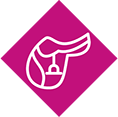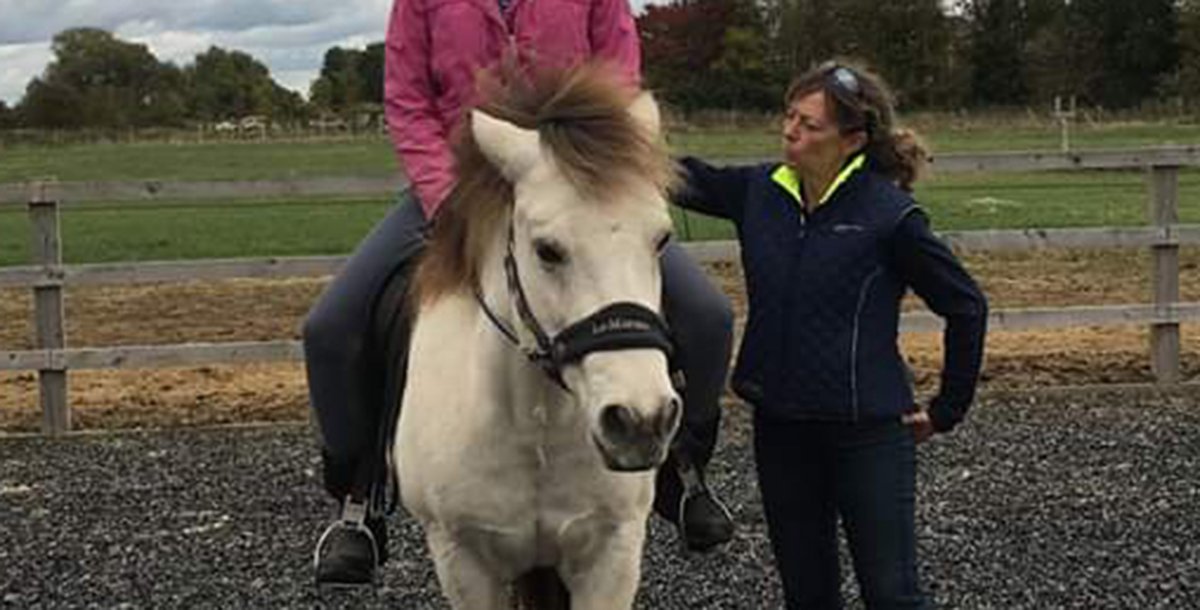

Biomechanics Based Saddle Fitting - What To Expect
I believe all horses and their riders have the right to comfort and freedom of movement and it cannot be exclusive to one of the two parties as both are totally interdependent. The way our horse moves and breathes has a direct impact on us, our balance and position and likewise, the way we sit, breath, fit equipment and ask, has a direct impact on them and their ability to organise their bodies.
- Anatomy and biomechanics of the horse as well as a medical/case history, observation of their gait, holding patterns and any restrictions
- Observation of current posture versus back lift, thoracic lift and dynamic posture
- Muscle development including areas of tight or atrophied muscle
- Understanding what your horse needs from a saddle based on their dynamic posture and current muscle development as well as the muscle development we would like to achieve
- Discussion about your needs as a rider, taking into account your medical history where appropriate and your individual saddle requirements
- Assessment of your current saddle’s design and fit, including balance, width, tree shape, length, panel shape, flocking seat shape and size (static and ridden)
- Adjustment to your current saddle, in the event it is suitable for your horse. This could include flocking adjustment, re-balancing, application of shims to provide support and/or balance to the saddle (static and ridden)
- Opportunity to try other saddles if required and/or guidance on what saddles would likely work for you and your horse
We are working with two dynamic bodies. The saddle should allow space for the rider to move and adjust their position in the saddle and likewise, space for the horse to lift their back and move under the saddle, with the saddle remaining level and balanced throughout.
Please contact me if you are interested in arranging a full saddle fitting consultation.